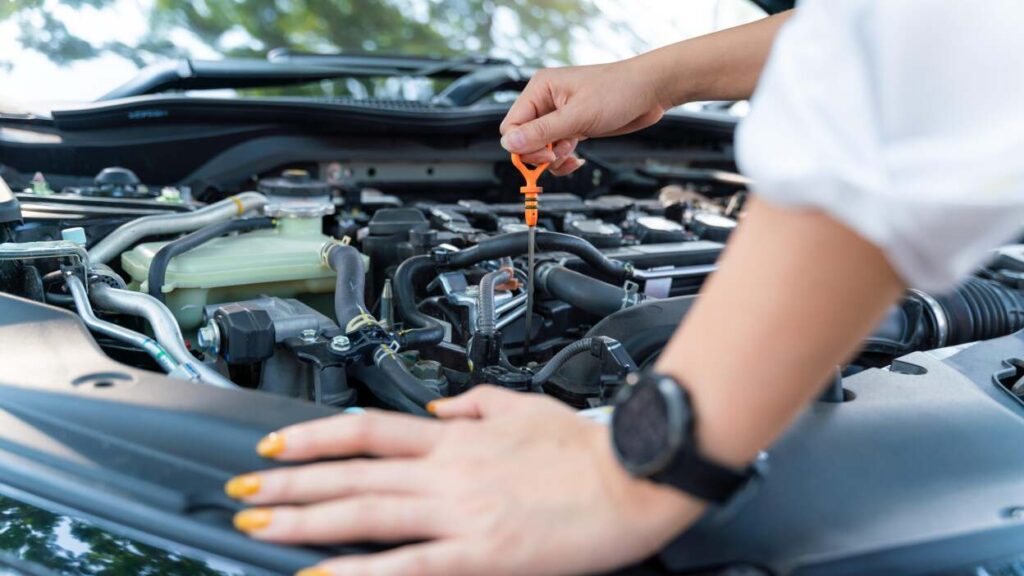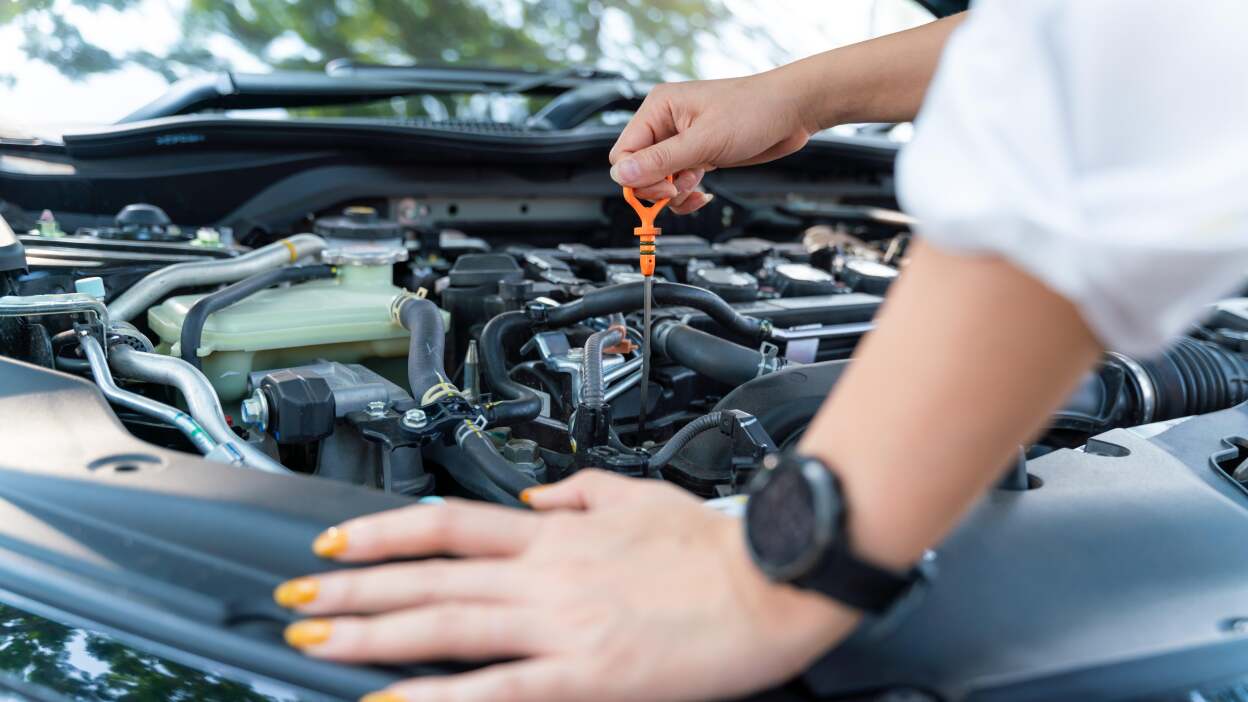
Planning a lengthy drive? While a professional service can work wonders, you can handle key checks yourself to ensure a smooth journey. Unexpected breakdowns might be unavoidable at times, but most roadside emergencies can be sidestepped with a quick pre-trip inspection at home. Below, discover the five critical car components to examine before embarking on your adventure.
Inspect Belts and Hoses for Wear and Tear
A failing belt or hose can bring your vehicle to a screeching halt, and roadside fixes aren’t simple. If your last car maintenance check was ages ago, scrutinizing these parts is non-negotiable for long-distance travel. Every engine varies in its belt and hose setup, so understanding your vehicle’s specifics is key. Search online for video guides tailored to your car’s make and model—they’re far more digestible than flipping through the manual.
When examining belts, keep an eye out for these red flags:
- Glossy patches: A shiny surface signals wear that could lead to slippage, often termed “glazing.”
- Cracks or fraying: Visible splits or unraveling edges mean a belt is nearing its breaking point.
- Loose fit: Stretched belts lose grip, increasing the risk of malfunction.
If these checks come up clean, you’re set. Otherwise, a mechanic visit for replacements is in order.
Hoses, meanwhile, show distress differently. Use a flashlight and look for:
- Cracks or swelling: These hint at potential leaks, especially near curves—swelling might only show when hot, so proceed with care.
- Shiny or scratched areas: Heat can gloss over hoses, while friction leaves scuff marks.
- Spongy texture: Pinch hoses near clamps when cool; softness suggests internal decay, known as electrochemical degradation (ECD).
Ensure Your Tires Are Road-Ready
Tires rank high on the pre-trip checklist for safe driving. Verify they’re inflated to the recommended pressure—find this in your manual or online—and assess tread depth. A handy trick? The quarter test: insert a coin into the tread; if the top of the head remains visible, it’s time for new tires. Proper tire maintenance boosts fuel efficiency and prevents blowouts on long hauls.
Examine Brake Pads for Safety
Not keen on swapping brake pads yourself? No problem—you can still spot trouble. Peer through your wheel’s openings with a flashlight to gauge pad thickness. If they’re under a quarter-inch, replacements are due. Uneven wear might also signal alignment issues, so consider a professional checkup to keep your brakes reliable for the journey ahead.
Monitor and Refill Essential Fluids
Your car relies on a handful of fluids to hum along smoothly—five or six, depending on whether it’s manual or automatic:
- Engine oil
- Brake fluid
- Transmission fluid (automatic only)
- Coolant/antifreeze
- Power steering fluid
- Windshield wiper fluid
Checking car fluids is straightforward but requires a cooled engine to avoid burns or spills. Locate each reservoir under the hood, marked with caps and fill lines (or a dipstick for oil). Low levels? Top them off. Regular fluid checks—not just before trips—can reveal leaks early. Persistently low levels suggest a problem worth a mechanic’s attention.
Test Headlights and Wipers for Clear Visibility
Before you hit the highway, confirm your headlights and wipers are up to par. A sudden storm or foggy stretch can turn dangerous if these fail. Wipers over a year old? Swap them out—new blades are affordable and enhance driving comfort. For extra readiness, stash spare bulbs and blades in your trunk. Even if headlight swaps need a pro, having parts on hand speeds up repairs on the road.














